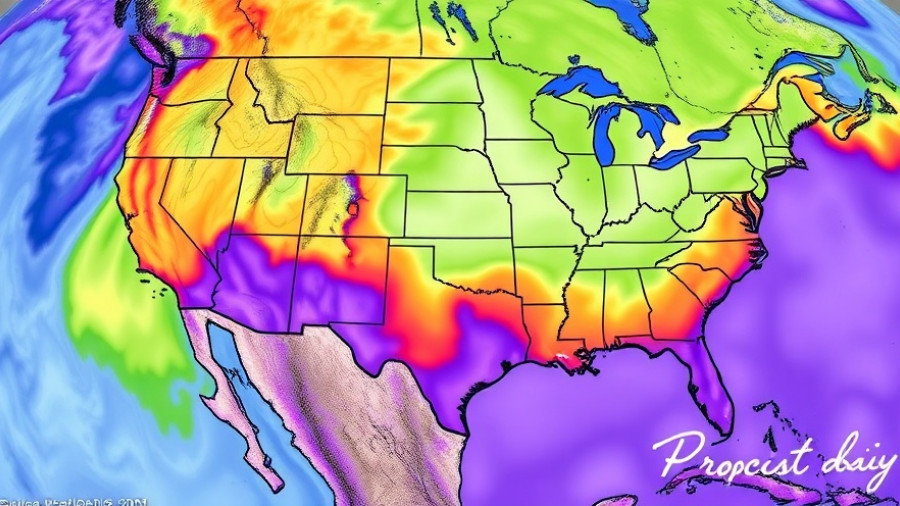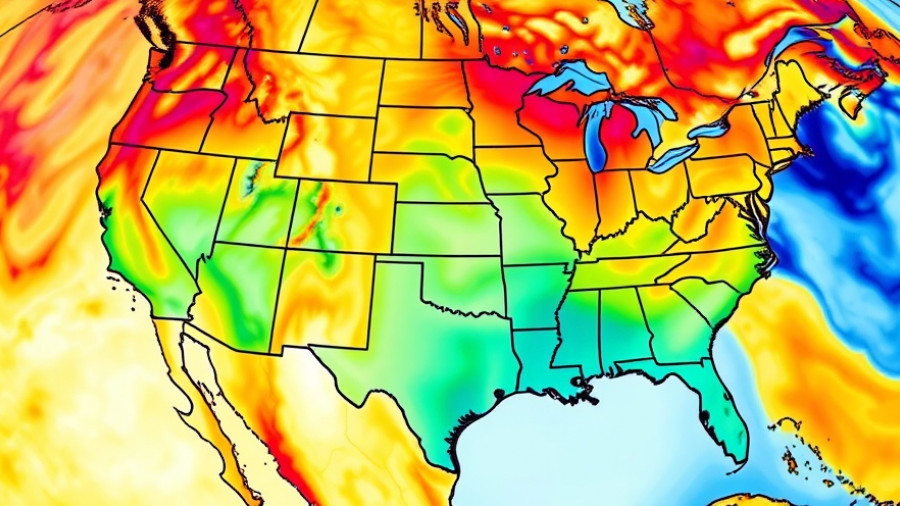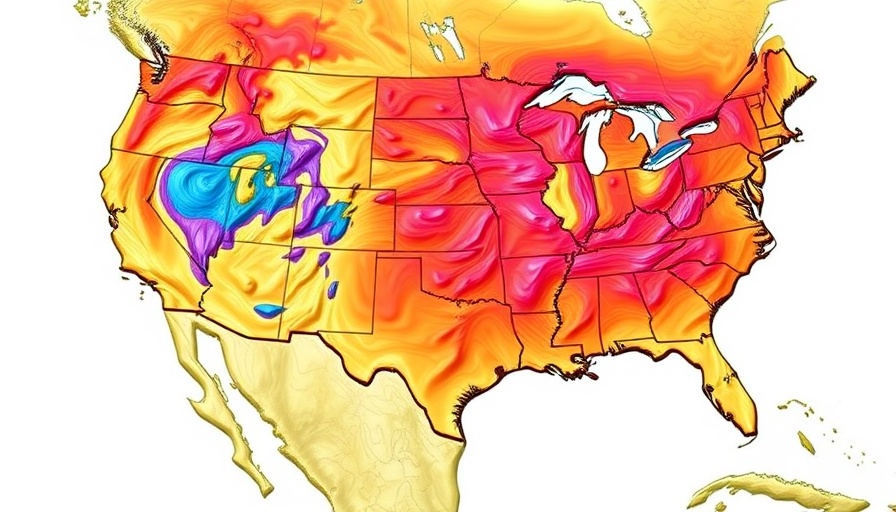
The Storm Unfolds: A Threatening Meteorological Shift
This weekend, Southern California is bracing for a significantly powerful storm, which is expected to bring substantial rainfall, flash flooding, and a heightened risk for mudslides, particularly in areas recently affected by wildfires. The storm marks a marked transition from a period of record heat that gripped the region throughout the early weeks of November, leaving citizens grappling with whiplash-inducing weather extremes. Following a warm spell characterized by near-record temperatures that could have exacerbated wildfire conditions, indications now point toward a storm poised to dump an extraordinary amount of precipitation.
The Power of Atmospheric Rivers
The incoming system's dramatic strength can be attributed to an atmospheric river—a phenomenon delivering vast quantities of moisture from the subtropics. Meteorologists predict that this storm could result in downtown Los Angeles experiencing one of its wettest November weekends since 1985, potentially accumulating nearly three inches of rain in as little as two days. This surge of moisture from the Pacific isn’t just threatening for Los Angeles; it's anticipated to affect a wide swath of Southern California, extending to areas previously affected by tumultuous wildfires, which already have left landscapes vulnerable to flooding and debris flows.
The Impact of Recent Wildfires on Vulnerability
With rain expected to fall at rates that could exceed one inch per hour, the risk of mud and debris flows becomes even more perilous in burn scar areas, such as those affected by the Eaton and Palisades fires. Wildfires remove vegetation that typically stabilizes the soil, making hillsides more susceptible to runoff and landslides. Recent rainfall events aided in initially preventing wildfires, but the recent dry and warm weeks dried out existing vegetation. This could lead to precarious conditions where heavy rain immediately after a dry spell can result in catastrophic debris flows, which can carry rocks and mud at dangerously swift speeds.
Preparedness and Community Response
In light of the impending storm, Los Angeles County has activated emergency response protocols, opening shelters to accommodate those in evacuation zones. Local officials have issued warnings advising residents to avoid non-essential travel during the storm's peak, imploring community members to remain vigilant and prepared for evacuation if necessary. Public safety reminders stress the dangerous nature of driving through flooded streets and emphasize the need for everyone to have emergency plans in place. Those residing in susceptible areas should be ready to relocate should conditions become too dangerous.
Looking Ahead: Future Weather Patterns
Experts suggest that this storm is indicative of a broader trend of increasing extreme weather events in California due to climate change. As atmospheric rivers become more intense and frequent, areas such as Southern California face elevated risks of flooding and associated debris flows. Observers are urged to pay attention to climate data and heed forecasts as these events might shape the long-term landscape of the region, raising serious considerations for infrastructure, community planning, and environmental conservation.
Final Thoughts and Safety Tips
As Southern California prepares for a wet and potentially destructive weekend, residents should keep abreast of updates regarding safety measures, evacuation orders, and local weather forecasts. This storm serves as a reminder of nature's unpredictable power and highlights the importance of community preparedness and resilience in the face of changing climates.
 Add Row
Add Row  Add
Add 




Write A Comment